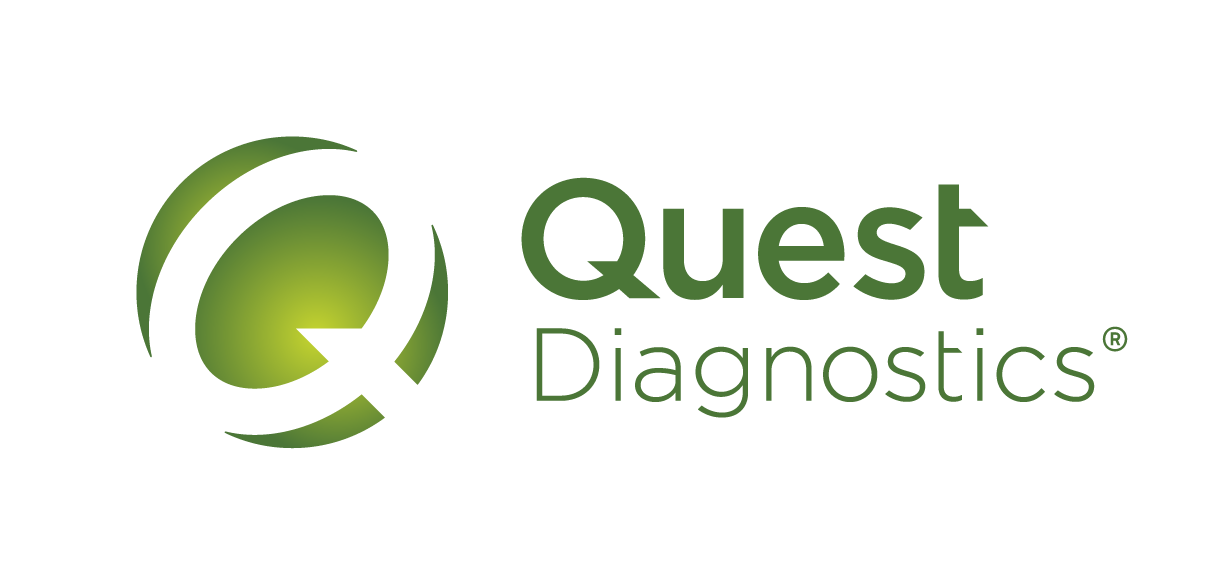In the last few years, companies committed to driving positive social impact have embraced ESG and DEI – the framework used to evaluate a company’s diversity, equity, inclusivity, performance and sustainability. Having previously taken a backseat to Corporate Social Responsibility (CSR), ESG and DEI have recently evolved to become a moral imperative and vital tool to conduct business. Investors are making moves based on company ESG and DEI commitments and disclosures. In fact, the Securities and Exchange Commission has yet to finalize new rules for company disclosures regarding ESG and DEI policies, but initial thoughts are these topics will continue to be a high priority.
Now, on the heels of the Supreme Court decision to strike down affirmative action, it’s more critical than ever that companies evaluate their existing ESG and DEI commitments – or develop an ESG and DEI strategy if they have yet to build one – to assess the implications of the ruling on their workplace culture, policies/benefits and charitable giving initiatives.
As a communications agency that has partnered with a variety of healthcare clients to build internal and external awareness for DEI and ESG programs, we believe that a well-thought-out communications plan can support companies in not only remaining consistent, impactful and transparent in their ESG and DEI communications, but can help align positioning around key societal issues that impact their commitments.
We offer three critical steps for communicating your value system that you should be doing right now.
Evaluate Your ESG and DEI Strategies
First, assess the possible implications of the Supreme Court ruling on any diversity and representation initiatives you support so you can proactively prepare for future impacts to your key stakeholders and business values. The potential impacts on the corporate world are still unclear, but the decision could embolden attacks on corporate diversity, equity and inclusion initiatives. It could result in a less diverse candidate pool in coming years or in companies feeling obligated to remove ‘diversity’ from titles, for example. It’s also important that all programs and activities align to a clearly defined ESG and DEI strategy that has buy-in from both leadership and employees, to ultimately serve as your north star as you navigate external factors and influences. Finally, assess what has been communicated already around your ESG and DEI commitments and where, to guarantee continued transparency and accountability, and pivot or reinforce messaging as needed.
Tell Your Story – Consistently.
If you can’t articulate your story, no one else can. Creating a core narrative that holistically captures your ESG and DEI commitments while reinforcing its connection to your values and business strategy will ensure your efforts are well-articulated by leadership and understood by internal and external stakeholders. A compelling narrative will assist in the short-term, allowing you to present business changes in a coherent way and in the long-term by catalyzing engagement across your employee and customer base. A core narrative also enables you to remain nimble and agile in taking a stance on societal issues by providing a framework for all proactive and reactive statements – and it doesn’t stop there. How you measure against this strategy is equally important. Ensure that you’re developing a measurement plan with key metrics to track return on engagement. How you cascade the narrative is also essential to its adoption within the organization. Don’t forget – your people managers are a critical communications channel and essential to bringing employees along your ESG and DEI journey. It’s important that everything you include in your narrative has proof points of tangible actions taken by your organization — in short, proof that you’re really walking the walk.
Deploy Your Plan
Once your defined strategy has been communicated to key audiences, it’s time to scenario plan. Scenario planning as soon as an issue arises that has implications to your business will ensure your ability to engage quickly, decisively and in alignment with your strategy and values.
While these steps will aid your organization immeasurably in the short term, it’s the long run that will matter even more. In an ever-polarizing world, these divisive topics will continue to make their way to the forefront, and corporations will be increasingly pressed to put their stake in the ground. Where you put that stake is an individual choice for each organization to make, but the expectation will be to make that decision and communicate it widely internally and externally. As the longtime leader of Walt Disney Co., Roy E. Disney, once famously said, “When your values are clear to you, making decisions become easier.”
















